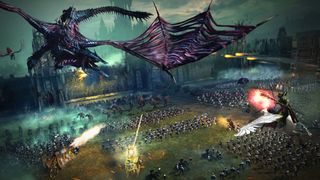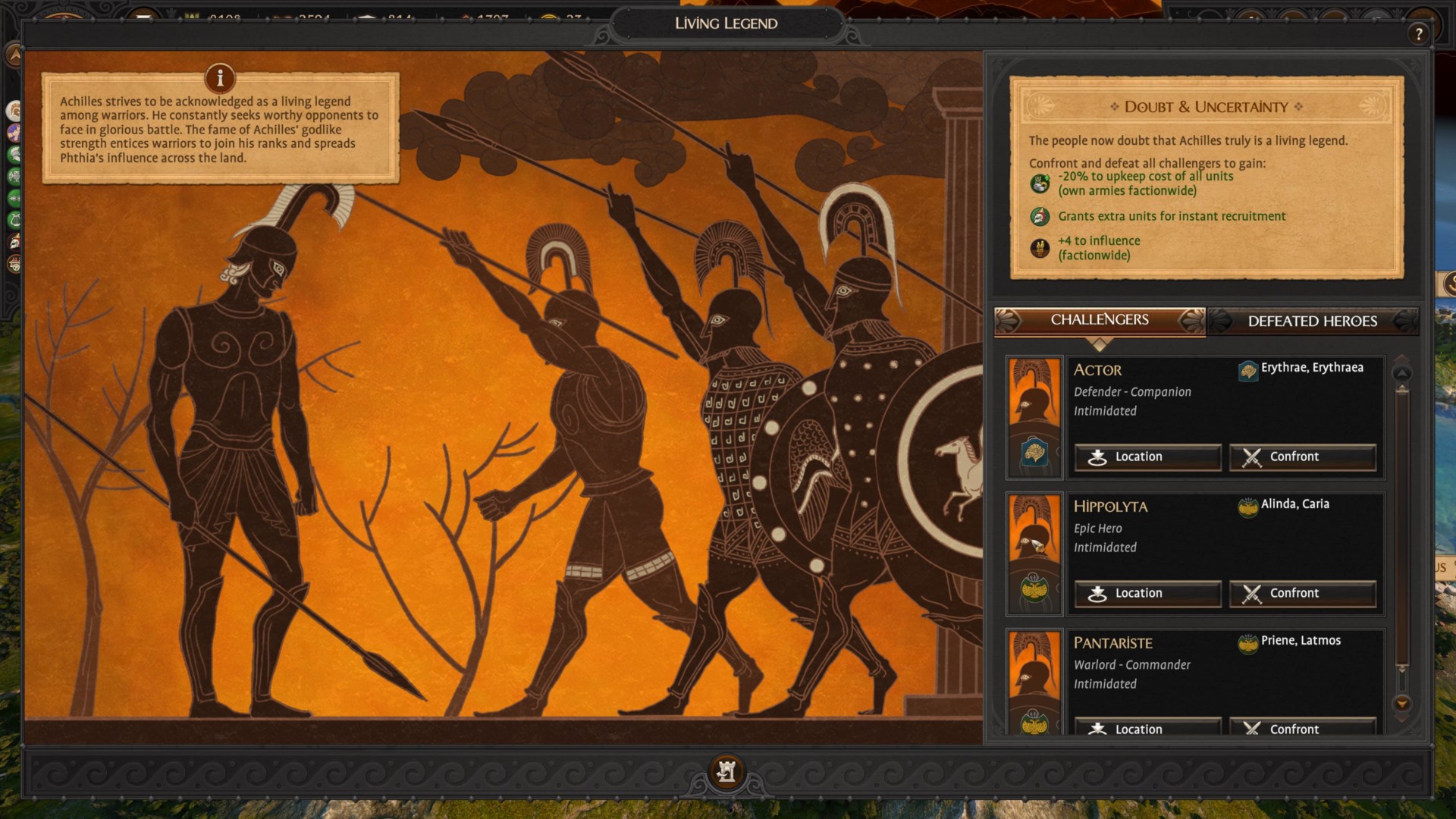

Soldiers marching away to war with their guns. The ad depicts an upset mother, daughter, and child who are all looking at the This British government ad ( ) from World War I, for example, deals moreĭirectly with what the audience has to face - their loved ones going to war. More directly address their present issues. Public is facing could have appealed more to a skeptic audience, as it would The picture highlights a manĪnd a woman looking over a town into the future, but it does not directly deal Government's intended audience is questionable. The poster is aįorm of government propaganda, but its ability to convey the positives of the Individual and national level, to achieve a worry-free society. The adĮvokes the message that it takes a full commitment to war, on both an The American public who either opposed or were skeptics of the war. The 60s and 70s saw the emergence of feminist groups and heightened awareness of gender inequality – campaigning for more rights and greater opportunities saw very many more women aware of their potential and the need for change.Audience in the poster ad "After Total War Can Come Total Living" is

Mothers told their daughters what they had done during the war, and how their horizons had been limited afterwards. They could not fly aircraft, command ships or fire weapons. Permanent Women’s Services had been created the previous year, with a primarily supporting role. The Women’s Land Army continued until 1950 – due to post-war food shortages. Trade unions still defended higher wages for men, despite an increase in women’s union membership. By 1951 the number of working women had returned almost to the pre-war level and a bar on married women working continued in many jobs. The government encouraged a return to domesticity.

As after WW1, there was an assumption that their temporary roles had been specifically linked to wartime. Women were praised for their wartime work, but expected to make way for the returning troops. Once the jubilation at war's end had subsided, did women have anything else to celebrate?


 0 kommentar(er)
0 kommentar(er)
